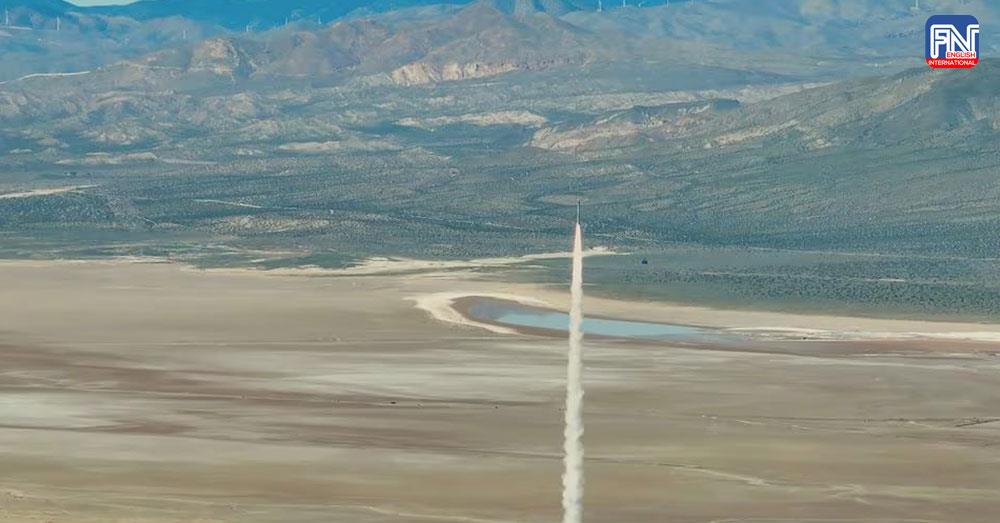WASHINGTON, Mar. 11 (Reuters) - Castelion, a startup trying to build a hypersonic weapon for the Pentagon, tested its system for the first time, it told Reuters on Monday, as a growing group of small hypersonic arms makers challenge large defense contractors with less expensive, rapidly produced products.
The United States and China are engaged in an arms race to develop the most lethal hypersonic weapons, which travel in the upper atmosphere at more than five times the speed of sound and are designed to evade traditional defenses.
"This test flight, this first of many planned for this year, demonstrates our rapid development approach and is a major milestone for the company. We now have a low-cost hypersonic test platform ready to launch on demand," Bryon Hargis, Castelion's CEO and co-founder, told Reuters in a statement.
U.S. companies like Castelion, RTX's Raytheon (RTX.N), opens new tab unit and Lockheed Martin (LMT.N), opens new tab are all working to develop the new class of weapon, which will translate to large contracts if production can be scaled.
Private U.S. company Stratolaunch on Saturday said it had successfully completed the first powered flight of its Talon-A reusable hypersonic test vehicle.
Castelion already has contracts with the U.S. Air Force and the Navy, the company told Reuters in a statement regarding the test, which did not include an explosive device, which it said took place on Saturday.
Backed by $14.2 million in funding co-led by investors Andreessen Horowitz and Lavrock Ventures, the tiny startup has secretly conducted dozens of component tests since June 2023.
The company has set a goal of designing and building a complete weapons system that includes a hypersonic missile, a control station and a data link.
Saturday's successful test of the missile system raises the stakes for rivals RTX and Lockheed Martin - Pentagon weapons contractors vying for billions of funds to build hypersonic weapons.
China and Russia both have competitive hypersonic weapons programs in what has become a geopolitical race to develop and field missiles that can change direction while traveling at several times the speed of sound.

Photo from Reuters